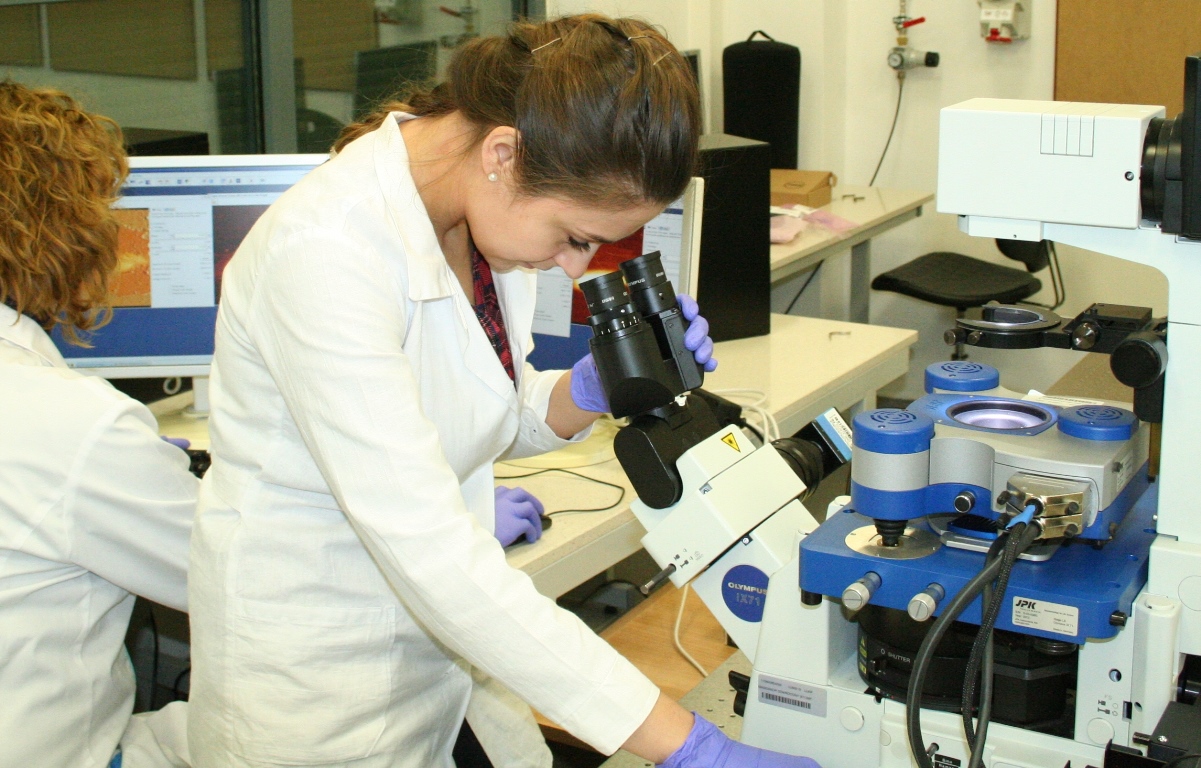Utilizing JPK’s NanoWizard AFM System for Cell Studies

Complete the form below to unlock access to ALL audio articles.
Dr Marek Szymonski is a Professor at the Research Centre for Nanometer-Scale Science and Advanced Materials (NANOSAM) located at the Jagiellonian University in Krakow, Poland. The aim of his research is to understand the signals that govern intracellular communication between hepatocytes and liver sinusoidal endothelial cells (LSECs) and between cardiomyocytes and cardiac microvascular endothelial cells (CMECs). This is because these microvascular bed-specific mechanisms determine the phenotype of the endothelium in an organ-specific way and may constitute the pathophysiological basis for the hepato-selective and cardio-selective therapy of endothelial dysfunction. Impairment of endothelial function is a primary cause or a result of many human diseases.
AFM plays an important role in the research. It is apparent, that knowledge of endothelium mechanical properties at the cellular level is necessary for the proper understanding of the cell functionalities and mechanical response to both native and pathological environment. Professor Szymonski takes a full advantage of the development of AFM-based techniques: imaging, nanoindentation and intermolecular force spectroscopy. These are used to perform experimental and theoretical investigations on both the mechanical properties and functioning of the endothelial cells. The ultimate goal is to determine quantitative parameters of the EC nanomechanical phenotype (stiffness, effective Young’s modulus) for various structural cell compartments (glycocalyx, cortical actin web, cytoplasm, and nucleus) and then to develop a nanomechanical model of endothelial dysfunction which could be practically used for “in vitro” investigations.
Professor Szymonski described his work applying AFM and what led him to the use of JPK’s NanoWizard® platform, “AFM-based microscopy and spectroscopy techniques applied to biological materials have been used in our laboratories over 15 years. In addition to AFM and often in parallel, we use optical fluorescence microscopy (confocal as well), Raman spectroscopy mapping (currently tip-enhanced Raman is of our particular interest) and scanning electron microscopy (SEM). We chose JPK because of its open design which is particularly suitable for combined (integrated) optical microscopy, AFM force microscopy and spectroscopy measurements. It provides good technical conditions for tip-enhanced Raman mapping.”


